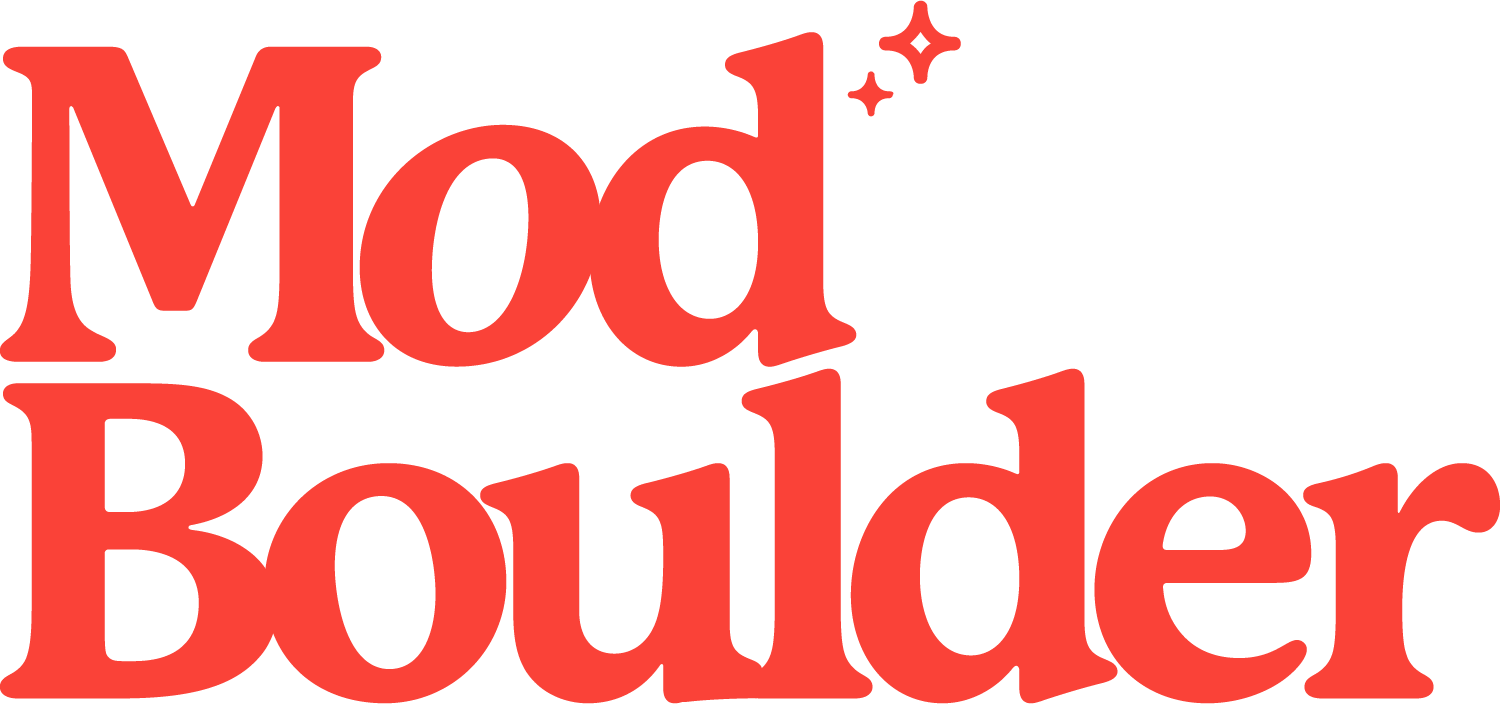Boulder, We Have a Problem: Battling the Income-Ratio Dilemma
It’s no secret that in Boulder’s red-hot real estate market, supply and demand has been one of the hardest-fought battles for eager buyers who are confronted with a short (and expensive!) supply of houses. But lately, what we brokers are witnessing is a new trend: the supply and demand problem is becoming overshadowed by a trio of troublemakers: increasing prices, flat-lined income, and rising mortgage rates.
For the past six years, the market in Boulder and the surrounding L-towns has been riding a real estate rocket that’s on a stratospheric trajectory. Boulder’s market has consistently experienced double-digit gains while Louisville, Longmont, and Lafayette have all witnessed their fair share of exponential growth, as well.
But if you’re one of the Smuggy McHotshots who regularly checks Zillow to see how much your local Zestimate’s gone up, I may have some bad news for you. While the supply and demand issue can theoretically last for decades, this economic paradigm has its limits in the real estate world.
Yes, it’s true: in 2018, we’ve watched the local real estate inventory bottom out at historically low numbers. Meanwhile, the average sale price for a home in Boulder has rocketed into the stratosphere. The average home cost? $1,250,000. Nope, that’s not a typo—and that level of value puts our market in orbit right next to the Space Station.
I can hear you now: “Fine, demand is sky-high and so are prices. What’s the problem, here?” Well, in a word: income. Wage growth in Boulder County isn’t matching the exponential growth of real estate prices. Sure, Boulder offers plenty of good-paying jobs, but when a buyer takes a sobering look at what an $800,000 Martin Acres ranch will do to their monthly paycheck, the joy of homeownership wanes. No one wants to be house poor—and coupled with the current uptick in mortgage rates, that $2,500 per month apartment with amenities looks better and better (and you wouldn’t have to sacrifice that daily latte).
Now before you pack up and run for the suburbs, let me be clear: the current real estate market isn’t about to teeter into recession territory. What I’m simply offering is that the bubble can’t get much bigger than it already is. And at our market’s lower end, there’s still plenty of wiggle room, with local wages and home prices below $700,000 still matching up decently. The thing is, high-end buyers aren’t struggling with the income issue; their decisions are based on worldwide economic trends (which is a different discussion altogether). It’s the middle class who’s feeling the squeeze right now, and they’re a large part of our population.
As we enter 2018’s Q4 with a red-hot real estate market, predictions for 2019 look more approachable (read: sane). Gazing into my crystal ball, I see a more balanced market for next year, even if inventory continues to be low.

